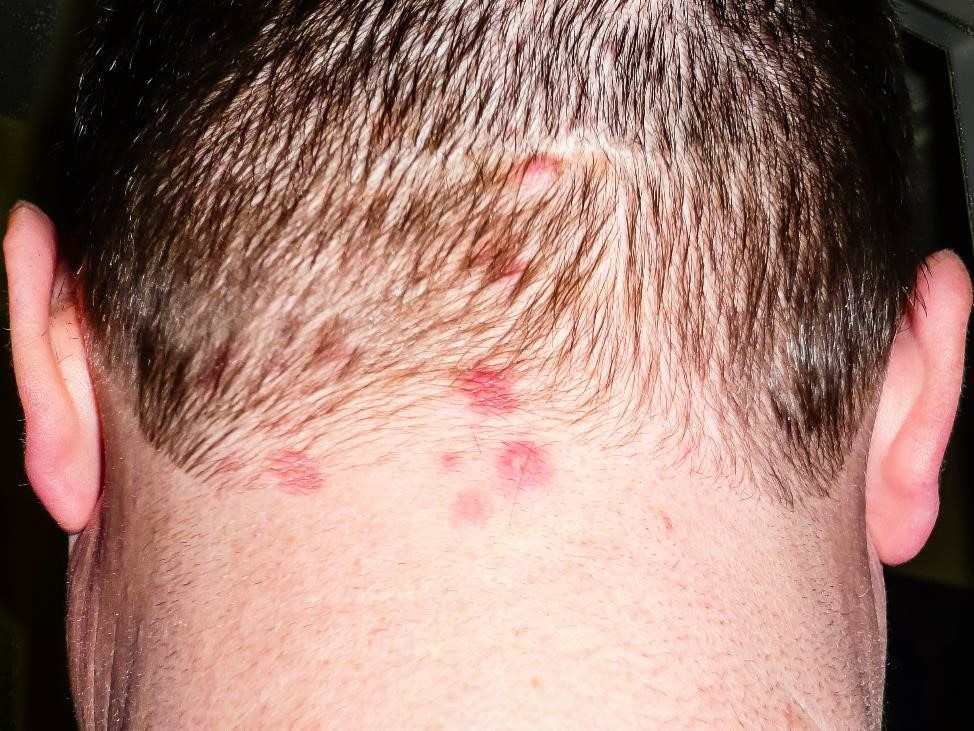Symptoms & Causes of Celiac Disease
What are the symptoms of celiac disease?
Symptoms of celiac disease vary widely, and a person may have multiple symptoms that come and go. If you have celiac disease, you may have digestive problems or other symptoms. Digestive symptoms are more common in children than in adults. Digestive symptoms of celiac disease may include
- bloating
- chronic diarrhea
- constipation
- gas
- lactose intolerance due to damage to the small intestine
- loose, greasy, bulky, and bad-smelling stools
- nausea or vomiting
- pain in the abdomen
For children with celiac disease, being unable to absorb nutrients at a time when they are so important to normal growth and development can lead to
- damage to the permanent teeth’s enamel
- delayed puberty
- failure to thrive, meaning that an infant or a child weighs less or is gaining less weight than expected for his or her age
- mood changes or feeling annoyed or impatient
- slowed growth and short height
- weight loss
Some people with celiac disease have symptoms that affect other parts of the body. These symptoms may include
- dermatitis herpetiformis
- fatigue, or feeling tired
- joint or bone pain
- mental health problems, such as depression or anxiety
- nervous system symptoms, such as headaches, balance problems, seizures, or peripheral neuropathy
- reproductive problems in women and girls—which may include infertility, delayed start of menstrual periods, missed menstrual periods, or repeated miscarriages—and male infertility
- symptoms involving the mouth, such as canker sores; a dry mouth; or a red, smooth, shiny tongue
Most people with celiac disease have one or more symptoms before they are diagnosed and begin treatment. Symptoms typically improve and may go away after a person begins eating a gluten-free diet. Symptoms may return if a person consumes small amounts of gluten.
Depending on how old you are when a doctor diagnoses your celiac disease, some symptoms, such as short height and tooth defects, may not improve. People with celiac disease who have no symptoms can still develop complications over time if they do not get treatment.
Dermatitis herpetiformis
 Dermatitis herpetiformis
Dermatitis herpetiformis
Dermatitis herpetiformis is an itchy, blistering skin rash that usually appears on the elbows, knees, buttocks, back, or scalp. Among people with untreated celiac disease, about 2 to 3 percent of children and 10 to 20 percent of adults have dermatitis herpetiformis.3 Some people with celiac disease may have the rash and no other symptoms. After a person starts a gluten-free diet, the rash may take some time to heal and may return if a person consumes small amounts of gluten.
What causes celiac disease?
Research suggests that celiac disease only occurs in people who have certain genes and eat food that contains gluten. Experts are studying other factors that may play a role in causing the disease.
Genes
Celiac disease almost always occurs in people who have one of two groups of normal gene variants, called DQ2 and DQ8. People who do not have these gene variants are very unlikely to develop celiac disease. About 30 percent of people have DQ2 or DQ8. However, only about 3 percent of people with DQ2 or DQ8 develop celiac disease.4
Researchers are studying other genes that may increase the chance of developing celiac disease in people who have DQ2 or DQ8.
Gluten
Consuming gluten triggers the abnormal immune system response that causes celiac disease. However, not all people who have the gene variants DQ2 or DQ8 and eat gluten develop the disease. Research suggests that among children with a genetic predisposition for celiac disease, those who eat more gluten in early childhood may have a greater risk for celiac disease.5
Other factors
Researchers are studying other factors that may increase a person’s chances of developing celiac disease. For example, research suggest that a higher number of infections in early life and certain digestive tract infections may increase the risk. Experts also think changes in the microbiome—the bacteria in the digestive tract that help with digestion—could play a role in the development of celiac disease.
References
This content is provided as a service of the National Institute of Diabetes and Digestive and Kidney Diseases
(NIDDK), part of the National Institutes of Health. NIDDK translates and disseminates research findings to increase knowledge and understanding about health and disease among patients, health professionals, and the public. Content produced by NIDDK is carefully reviewed by NIDDK scientists and other experts.
